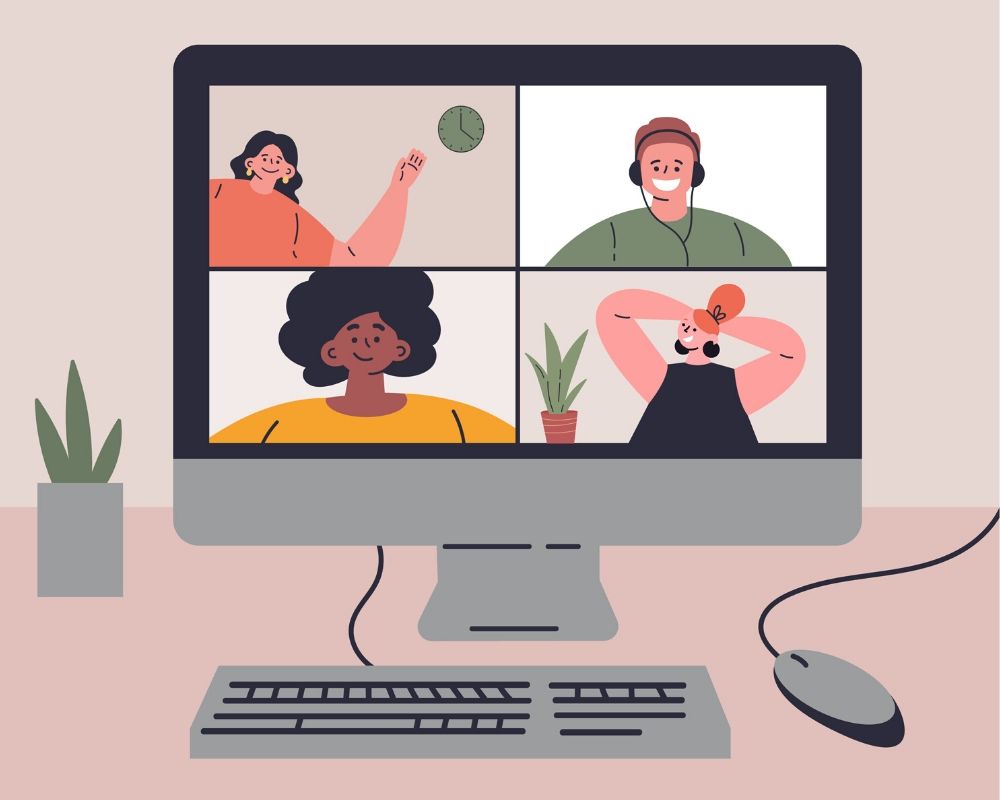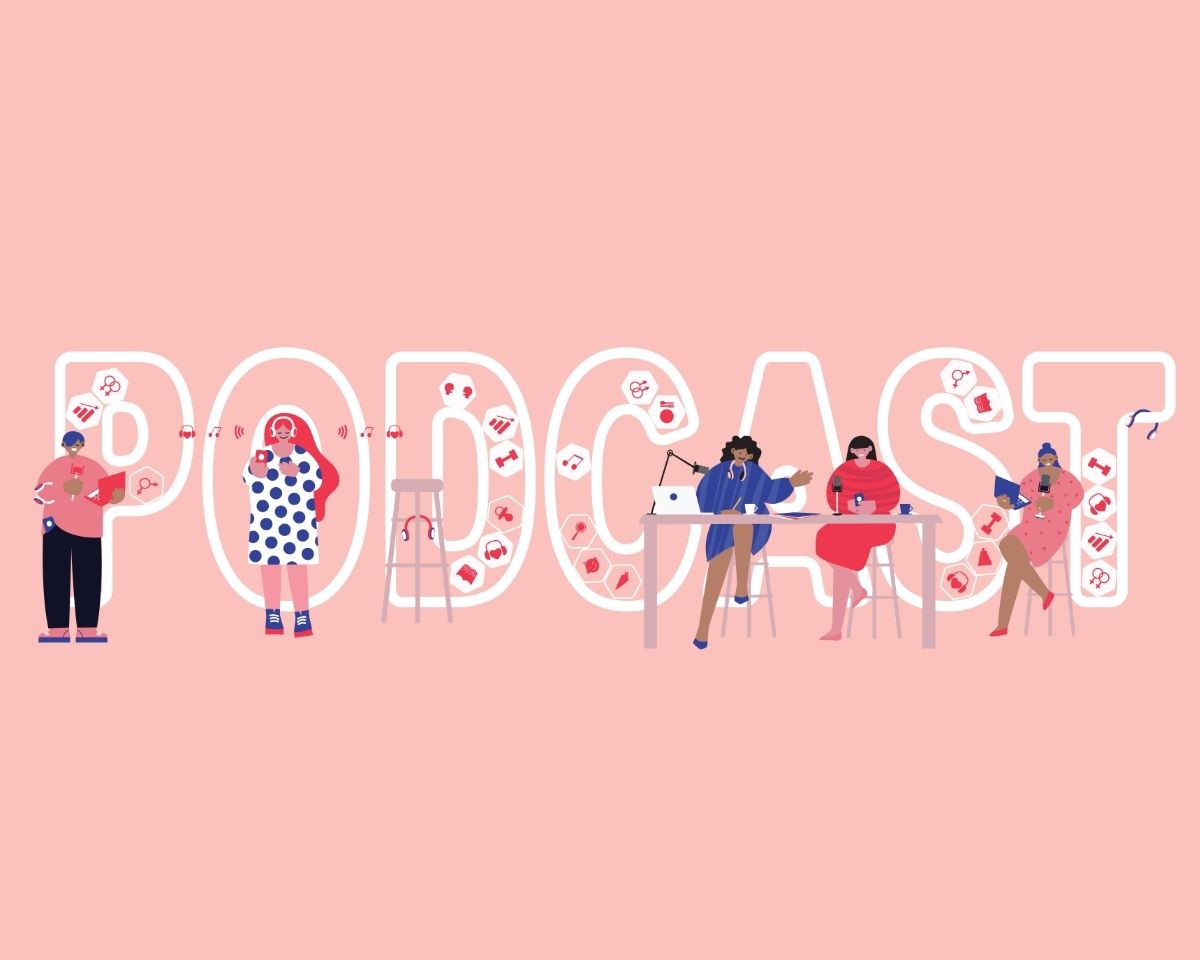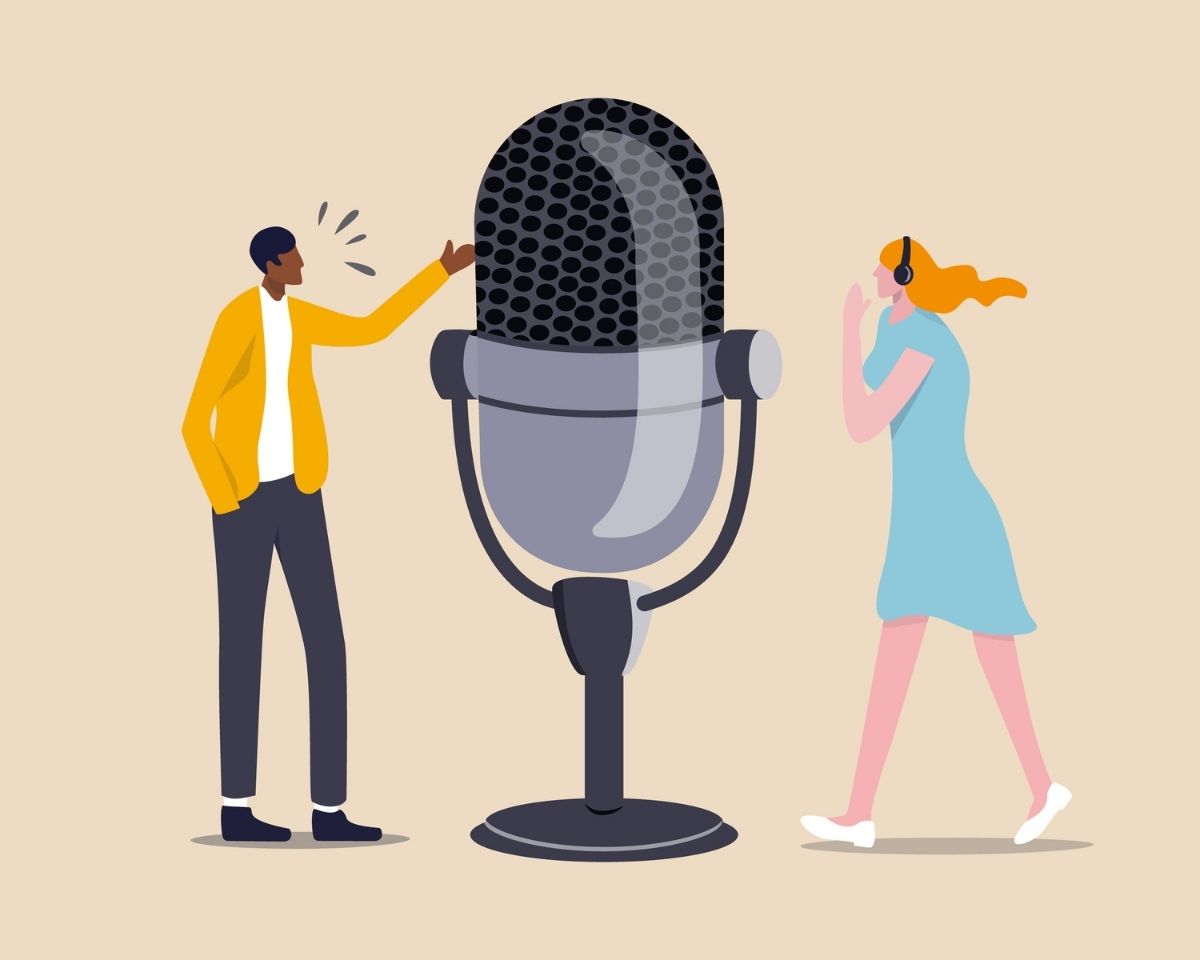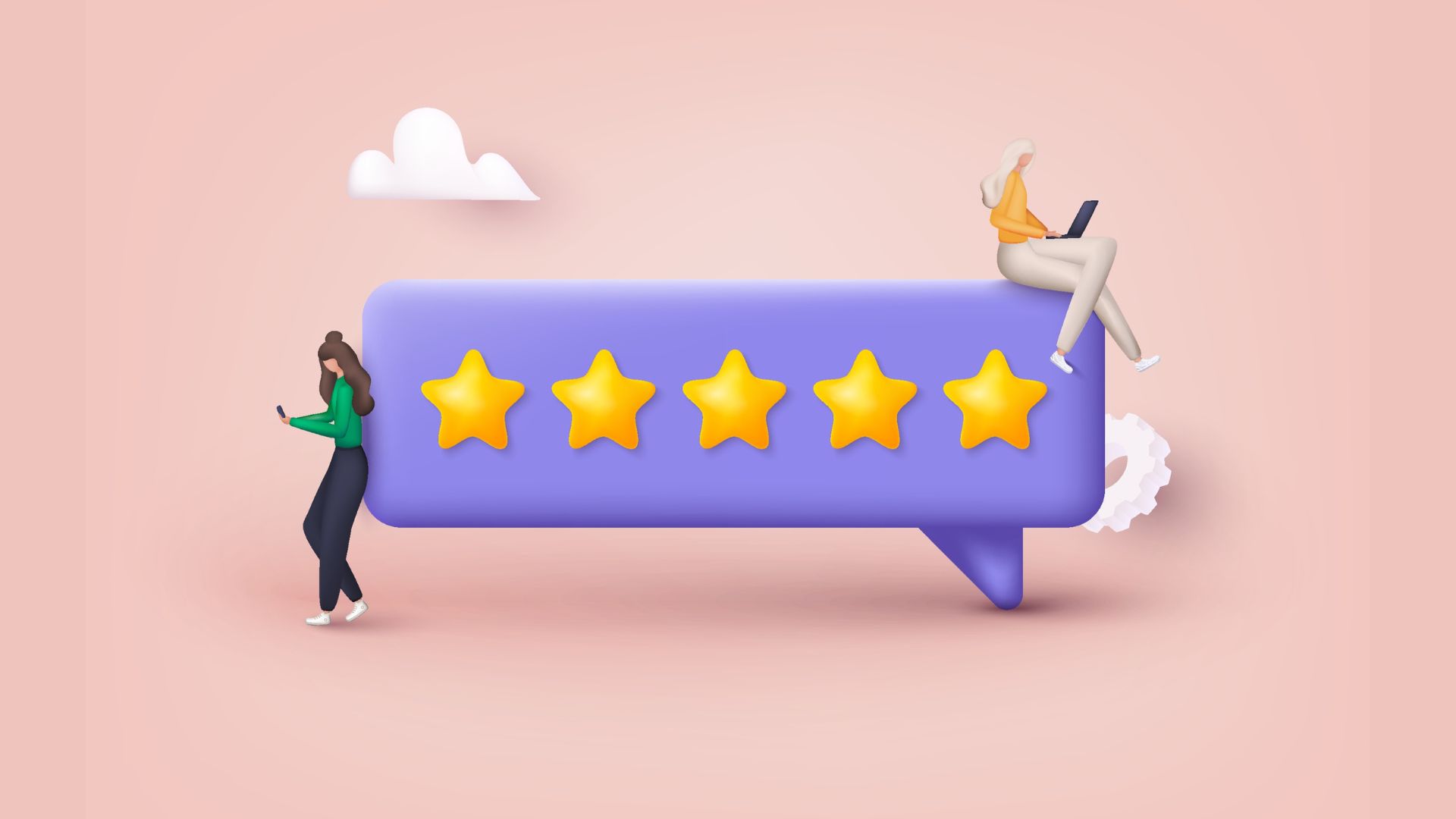Is it important to see who you’re talking to when hosting a podcast?
Remote recording platforms give you a way to record your show with people in different locations which is fantastic because it means your podcast isn’t limited by geography.
They also help you achieve audio quality that compares with being in the same room as someone but you shouldn’t forget about the impact of distance on your performance.
So, if you want to get the best possible conversational chemistry between you and whoever you’re talking to it’s important to use video when remote recording.
Video improves conversational chemistry and your performance
As a podcaster you’re not just someone who talks into a microphone and uploads audio to the internet, you’re a performer.
That means you need to think about your performance and how you can improve it.
Conversational chemistry is what draws an audience in and makes them attached to you as a presenter.
Unfortunately, while it’s not impossible, it becomes difficult to harness that when you can’t see someone.
Using video means you don’t miss out on important visual cues like someone nodding their head, leaning in or looking into your eyes.
This is stuff we respond to as humans and you’re always going to have a more energetic, engaged and dynamic conversation when you’re looking at someone.
Not being able to see someone also increases the chances there’ll be more awkward pauses or the conversation won’t flow freely.
Sure, you can cut those bits out in the edit but you can’t remove the trepidation in someone’s voice that comes when they’re unsure of when to speak.
Ideally, you want everyone on the podcast to sound confident and in control, because that leads to the best experience for your audience and using video will really help with this.
Video helps reduce overtalk
Over talk is another term for talking over the top of someone.
As a podcast listener, overtalk makes a conversation messy and difficult to listen to.
As a podcast creator, it’s a nightmare to edit because it’s hard to get a clean cut.
Ideally, you want the conversation to pass seamlessly from one person to the other and being able to see who you’re talking to can really help that.
These kinds of seamless back-and-forth conversations are the ones that make a listener feel relaxed and that’s exactly what you want to achieve.
Video helps put your interview guests at ease
Often with podcast interviews, you’ll be speaking to people who don’t have a lot of audio experience.
If that’s the case, it can be nerve-racking to be interviewed by someone you can’t see.
In addition, you want them to feel like they’re doing a good job and the best way for them to know that is by seeing your reaction.
Are you smiling? Are you nodding your head? These kinds of visual cues are really important if you want to make your guests feel confident.
Because a confident guest is always going to give a much better interview.
Building rapport with your guests is also important and that’s a lot harder to do when you can’t see them.
What remote recording platforms should you use?
This is entirely up to you and most platforms have a free trial so you can see which one works best for you and your show.
Some of the most common ones are Riverside, Squadcast and Zencastr.
At the bare minimum, whatever option you choose should have video as a built-in part of the platform.
Even if you’re not able to record the video, you want to be able to see who you’re talking to without having to run a second program (because it affects the quality of your recording).
If you want to post videos of your show to social media or YouTube then you’ll want to choose a platform that offers high-quality video recording as well as audio so you can get everything sorted in one go.
If you’re thinking about recording using a platform like Zoom or Skype, it’s important to remember these were designed for video conferencing not audio.
That means you’ll likely get a lower quality of audio than if you record on a platform specifically designed for podcasting.
Got a burning podcasting question you’d like answered? Send me an email.
Want to start your own podcast but need a little help? Download my “How To Start A Podcast” guide or sign up for my online podcasting course, PodSchool.












2 Responses
hey Squadcast does not support video recording and Zencastr is just launching it in beta. The solution that supports both right now are Riverside and Remotely.
Hey Anna, This post is about using video to see your guests/co-host rather than recording the video. Of course, if you want to record video for social content or to put online that’s great but a lot of people record audio without using video and if you want to record the best show possible I think not seeing the people you’re talking to is a mistake. Rach